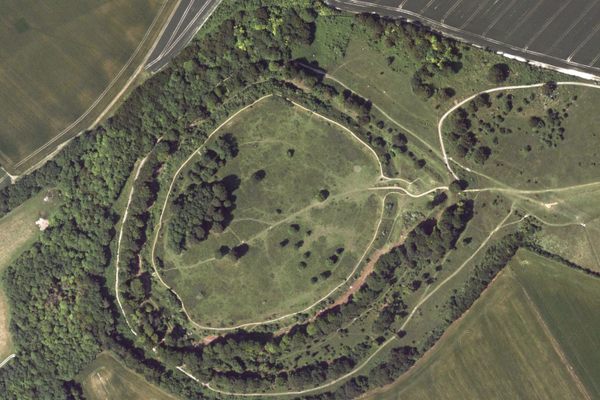About
Perched on a low hilltop, with airy views of the city of León and the Cordillera de Maribios mountain range to the north, this ruined fortress would appear to be a postcard-pretty spot for a picnic. Yet few day-trippers come—and no wonder. Hidden in the weeds lies a macabre chronicle of torture and death.
Acosasco Fortress was erected in 1889-90 under the administration of Roberto Sacasa, the conservative president of Nicaragua who was seeking to guard against liberal attacks from the coast. It quickly fell into disuse, and was abandoned in the 1930s. In the 1960s, it reopened under the dictatorship of Anastasio (“Tachito”) Somoza Debayle.
Somoza had long had León in his crosshairs. The city was historically a hotbed of intellectual disquiet, with a legacy of leftist conspiracies that had come to bloody fruition in 1956 when the dictator’s father, Anastasio Somoza García, was gunned down by a 27-year-old poet at a dance hall. After Somoza's son was installed as the new despot, the fortress was reconditioned as a detention center for anyone branded a "subversive." It wasn’t long after that strange rumors started floating in the city’s cafés and back rooms.
The rumors told of unspeakable goings-on on the hilltop: torture, disappearing of political enemies, clandestine executions. The National Guard, Somoza’s feared secret police, had taken to patrolling the streets at night, hauling away anyone suspected of being a political dissident. The next day, their bodies would reappear, lifeless, on Acosasco’s slopes. In a few cases, children stumbled upon the cabbage-white skulls bobbing amid the grass, and the ridge became dubbed “the cabbage patch.”
In 1979, the fortress was finally forced to render up its secrets. After several weeks of desperate fighting beginning in mid-May, rebels of the Sandinista National Liberation Front (FSLN) succeeded in retaking León, as part of their final push to overthrow the Somoza dynasty. Obligated to fall back to the fortress, the National Guard made one last stand before being evacuated to the coast on Bell Iroquois helicopters. The Sandinistas entered Fort Acosasco on June 7, 1979. They would take Managua six weeks later, on July 19.
Today, the fort preserves an uneasy stillness. There are few visitors to disturb the cicadas chirping in the weeds. Yet the concrete walls still exhibit the same grim implements the Sandinistas found when they first breached the cellblocks back in ‘79. Along the south face, sunlight seeps into tiny stalls (“las chiquitas”) used to asphyxiate a dozen men in a shower-sized space. Outside, noon heat bakes the concrete slabs of “the Oven,” a sarcophagus-like trench where prisoners were broiled alive. Water torture, electrocution: other areas of the fort served similarly horrid ends.
In recent years, ex-Sandinistas have lobbied to refurbish Acosasco, to turn it into a memorial to their years of struggle. Doubtless they’re right. Yet no amount of paint and plaster can dispel the evil aura that envelops this hilltop. Its bad energy testifies to the dark via crucis still being traversed by their beautiful, blood-stained country, the Nicaragua of mountains and martyrs.
Related Tags
Know Before You Go
The fortress is located approximately 1.5 miles southwest of León’s Parque Central, on the southern edge of the Sutiaba district. The road to the top winds considerably, so the best way to go is to take a taxi.
Community Contributors
Added By
Published
March 24, 2020



























